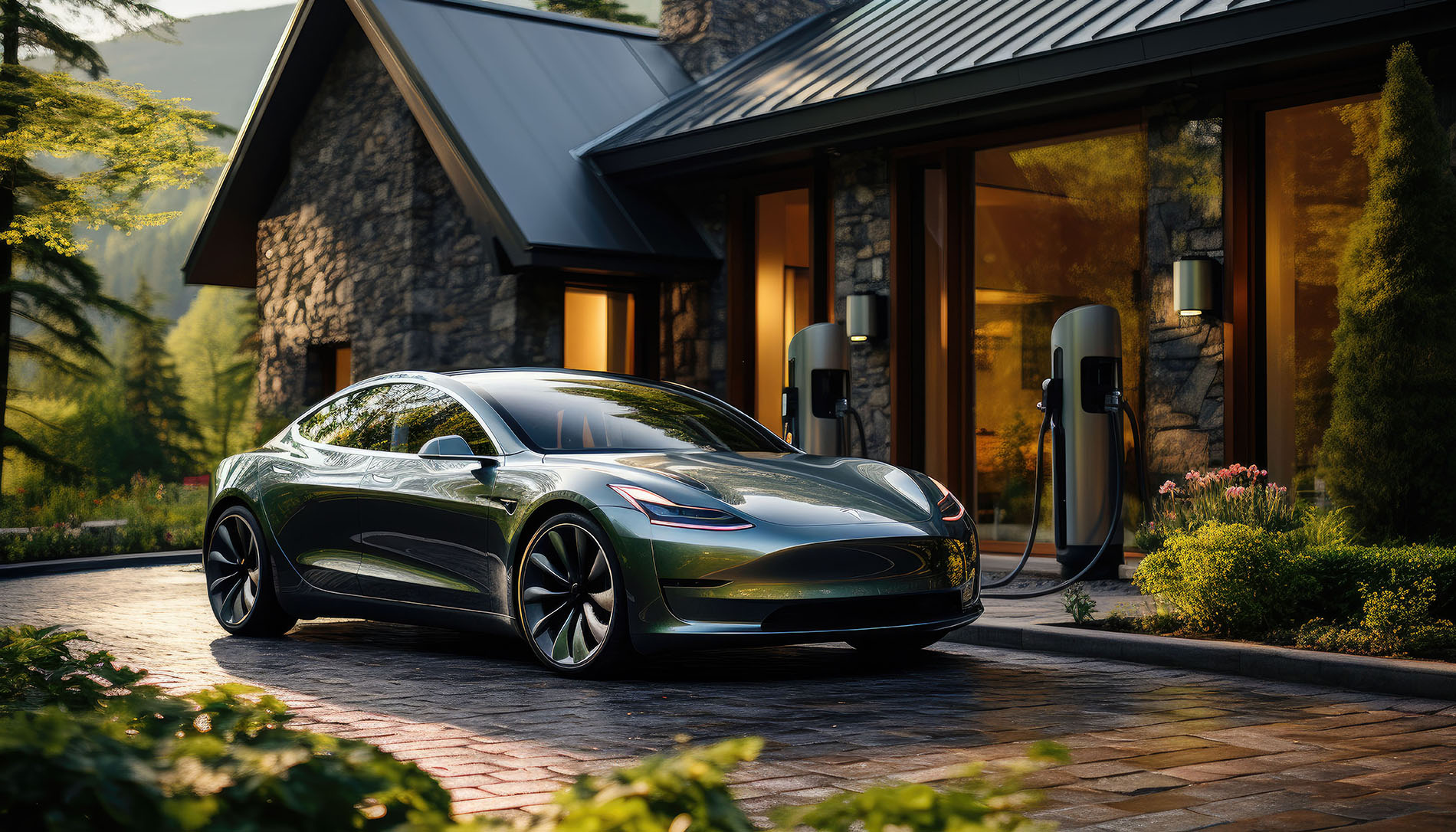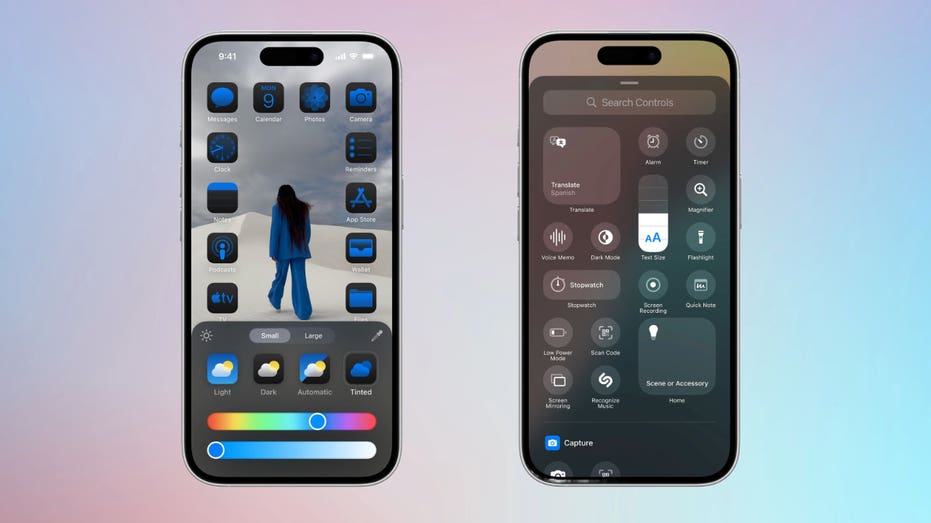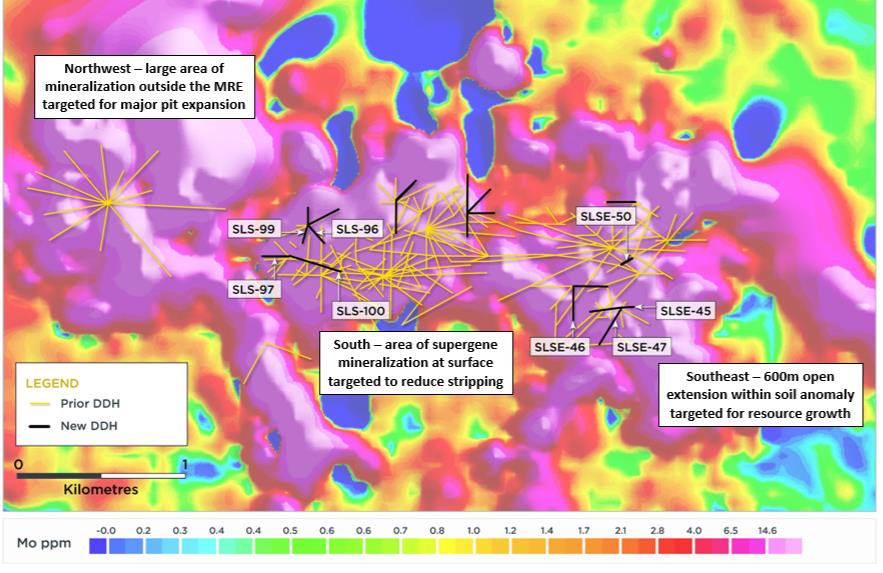Vehicle-to-Grid: Can This Tech Save the Planet and Make Drivers Money?
The energy transition is not just about how we generate power; it’s about how we store it. And there are millions of tiny power stations driving around on four or more wheels that will be key to meeting our rising energy demands.
Electric vehicle (EV) batteries can form part of what is called a vehicle-to-grid (V2G) network. Instead of draining electricity from the power grid, cars themselves become electricity providers. In fact, EVs could become backup power systems that help reduce climate change-causing greenhouse gas emissions and earn their drivers money. There’s more to electric vehicles than meets the eye, so plug yourself in and discover why.
What Is Vehicle-to-Grid (V2G) Technology?
Vehicle-to-grid technology, or V2G, allows electric car batteries to charge and give back energy to suitable power grids. In essence, this smart charging tech enables car batteries to become part of the electrical grid as an energy storage system, just like a power plant, providing electricity to homeowners and businesses when required.
In general, for V2G to work, EV drivers charge their vehicles when electricity demand is low. Then, when electricity demand is high, electric utilities use smart technology to switch the flow. A charging or charged electric car battery then feeds electricity into the power grid.
What Types of Chargers Are Used for V2G Technology?
Vehicle-to-grid technology requires bidirectional chargers. An electric car takes alternating current (AC) from a socket, and its battery converts it to the necessary direct current (DC) to power the automobile.
Bidirectional charging offers the reverse; the EV car battery’s stored DC returns to the grid or home as AC. This alternating current could power your home or charge another electric vehicle, power tool, or camping equipment.
Why Do We Need Vehicle-to-Grid Technology?
Many countries, including the United States, have promised to reach net zero emissions by 2050. The current energy shift from fossil fuels to renewable energy takes many forms, with solar power, wind energy, and hydropower being some of the options used.
However, renewable energy is intermittent, meaning it’s not always stable. Some sunny or windy days produce more electricity than we can use. In contrast, cloudy or windless days reduce their output. These variations cause headaches for grid operators balancing supply and demand.
One remedy is to store excess renewable energy, or any excess energy, in batteries and then release it when required. There are around 14 million electric vehicles globally—with 2.5 million in the U.S.—and that number is expected to grow. That’s a lot of battery capacity, which can help capture renewable energy and redistribute it when required.
Therefore, V2G can be part of the world’s electrification and decarbonization as we transition from fossil fuels to green energy. They become the battery storage mechanism that is currently lacking on a utility scale. The trick is to charge as many EV batteries with renewable energy as possible and enable bidirectional charging.
How Does Vehicle-to-Grid Technology Work?
V2G requires your local electric utility to have a smart grid and smart chargers to communicate with the smart tech in electric vehicles. Bidirectional charging must also be possible.
That’s because the grid operator needs to be able to control when and whether an EV owner can charge their vehicle or use its battery capacity. Smart charging stations and software monitor demand across the grid.
Let’s say there is a heatwave, such as the one in California in August 2023, and people reaching for the air conditioning puts the grid under strain. A utility can switch an EV car battery from charging to pushing energy into the grid, avoiding potential blackouts. In California, the grid operator also asked people not to charge their cars during this heatwave period.
What Are the Benefits of V2G Technology?
The benefits of V2G technology are many for both the environment and EV owners.
EV drivers can make money or lower their electric bills. Some energy companies offer incentives like lower-priced or free electricity at night when electricity demand is typically low. Furthermore, EV drivers may receive bill credits for feeding energy back into the grid during peak demands.
Utility and electric companies gain much from energy storage in EV batteries, from stabilizing the grid to avoiding power outages. One study by the Colorado Energy Office estimates that each EV connected to a V2G system would bring $600 of benefits to utility ratepayers over its lifetime.
How Does V2G Contribute to Grid Stability and Resilience?
In the United States, electricity demand varies throughout the day, with the lowest demand at night and rising during the day to peak demand in the early evening.
Let’s look close to home in Texas, which generates about a quarter of all the country’s wind power. Windy evenings may generate excess renewable energy that may not be used. Using EV batteries as an energy storage source and charging them with this wind power means grid operators can better balance the grid in the coming days and weeks when there are generation shortages.
EV batteries act as a demand response tool to help manage peak demands that conventional power plants cannot support if renewable energy supplies dip. This reduces the chances of demand outstripping supply and avoids power outages, making grids more stable and resilient. It’s also good housekeeping, saving precious energy for those peak demand days.
Smartphones and smart charging systems also allow utilities to text customers to stop charging cars to help balance the grid. Balancing the grid also assists with ironing out the peaks and troughs of electricity prices caused by demand spikes.
Larger EVs, like school buses or utility vehicles, provide more extensive energy storage possibilities. They could be charged overnight, release energy in the daytime or on weekends, or even used over extended periods like holidays, charging overnight and releasing during peak demand hours.
Can the Grid Handle 100% Electric Cars?
The answer is both yes and no. Yes, the U.S. grid can handle the current and forecast increase in EVs, which is expected to reach 26+ million automobiles by 2030. The United States government wants a 500,000-strong national electric vehicle charging station network by 2030, with more than 60,800 public EV charging stations currently in place.
That needs a lot of power. The country would need to produce around 2.5% extra electricity to feed this vast automobile electrification program. Yet it’s possible with planning, demand response, peak demand management, and the increase in renewable energy sources. Grid operators need to modernize and decentralize the power network rapidly. For example, they could allow millions of homeowners with solar panels to provide power and have the capacity to store any excess energy.
EV drivers would need to be flexible, too. If every EV driver arriving home between 5-7 pm immediately plugged in to charge during what is already the peak demand period, the grid would overload and short out. Smart charging—where software decides the best time to charge connected cars—is vital.
The answer is also no; today’s grid cannot handle 100% electric cars. Imagine if every driver were to convert to an electric vehicle today. The grid couldn’t cope, and there would be outages. As such, gradual adoption helps everyone.
Are All Electricity Grids Vehicle-to-Grid Ready?
No, not all U.S. or global electricity grids are V2G-ready. One study suggested around $75-125 billion in investment is needed to meet 2030’s anticipated EV numbers, mainly for infrastructure.
Required improvements include installing up to one million public EV charging stations, electricity generation and storage upgrades, transmission and distribution network upgrades, and a massive rollout of charger installations in people’s homes and workspaces.
What Are the Different Types of Vehicle-to-Grid Systems?
Several use cases exist for electric car batteries forming part of power grids. These include:
Vehicle-to-Grid (V2G): EV batteries push electricity into the power grid.
Vehicle-to-Home (V2H): An EV battery powers a home, with estimates of between two to five hours of power or longer, depending on power use.
Vehicle-to-Building (V2B): This is the same principle as V2H, but it may be to a larger building.
Vehicle-to-Vehicle (V2V): Using one EV battery to charge another electric vehicle.
Vehicle-to-Everything (V2X): Uses bidirectional charging with many use cases, such as charging a home or an appliance. Bidirectional charging stations offer two-way charging capabilities.
Vehicle-to-Load (V2L): Some EV batteries can power appliances like power tools, lights, or camping equipment.
All these acronyms fall under a larger umbrella strategy called Vehicle-Grid Integration (VGI). This idea brings together all these charging and discharging ideas. VGI’s overarching aim is to meet the needs of EV drivers while simultaneously benefiting the power grid and boosting the energy system.
Which EV Brands Are Most Compatible with V2G Systems?
Not all EVs sold in the U.S. offer the bidirectional charging necessary for V2G. Those that do include:
Ford F-150 Lightning
Nissan Leaf
GMC Hummer
Mitsubishi Outlander PHEV
Volvo EX90
There are more in the pipeline. Automakers GM will make V2G standard in all its EVs by 2026. Tesla will support bidirectional charging functionality by 2025, with the Volkswagen Group onboard the V2G revolution and the Chevy Silverado EV coming online soon.
Many more automakers have V2G-ready models, but not all are currently available in the United States.
What Are the Challenges Facing Vehicle-to-Grid Technology Adoption?
V2G is very much in its infancy. Power grids are not 100% ready for mass adoption, and the number of chargers can stress the network during peak demand hours. If every homeowner in one block of a neighborhood bought EVs overnight, it could bring problems.
There’s also a global race for raw materials like lithium, cobalt, and graphite that EV batteries require. The same applies to building solar panels for solar farms and wind turbines, with many countries chasing parallel green energy solutions.
Many EVs are not vehicle-to-grid ready, albeit more are coming online. Furthermore, EV drivers often have range worries; reliable bidirectional EV charging infrastructure needs to improve.
Then there’s the time it takes to fully charge an EV. A DC fast charging station may take 30 minutes to top up an EV’s battery, while the level 2 chargers often seen at homes take 3-8 hours. Slower level 1 chargers may take from 11-20 hours.
Renters may be locked out of the V2G revolution if their landlords don’t invest in the necessary technology. The incentives, often explained in technical language, need better explaining to people so they can better understand the advantages of EVs, V2G, and smart grids.
Furthermore, vehicle-to-grid integration is done state by state, making a nationwide rollout of V2G challenging. Lastly, there’s also the cost of buying a new automobile and EVs aren’t cheap.
Where Have Vehicle-to-Grid Projects Been Successful?
A great example of the practical use of vehicle-to-grid technology occurred in Germany in June 2023. A power plant failure and line issues meant a power deficit. Smart charging software started drawing power from more than 4,500 idle EV batteries to keep power flowing to 20,000 homes. And it’s not just about infrastructure. Around 150 stationery EVs even powered a Coldplay concert in Amsterdam!
We can see that these reliable energy storage sources are already part of the energy system. EV battery energy is now traded on Europe’s power markets.
Vehicle-to-Grid Systems Could Be the Way of the Future
V2G technology is changing the landscape of how we source power. The next time you see a new electric vehicle on the road, remember that they aren’t just reducing climate change. Thanks to bidirectional charging and smart technology, they could actually capture excess renewable energy or charge when electricity might otherwise be wasted.
EV batteries can then step in during peak demand to keep our homes and buildings running. These technology-driven, integrated energy solutions are all just part of a group of green energy plans helping to fight climate change and lead the energy transition to a cleaner world.
Brought to you by justenergy.com
All images licensed from Adobe Stock.





